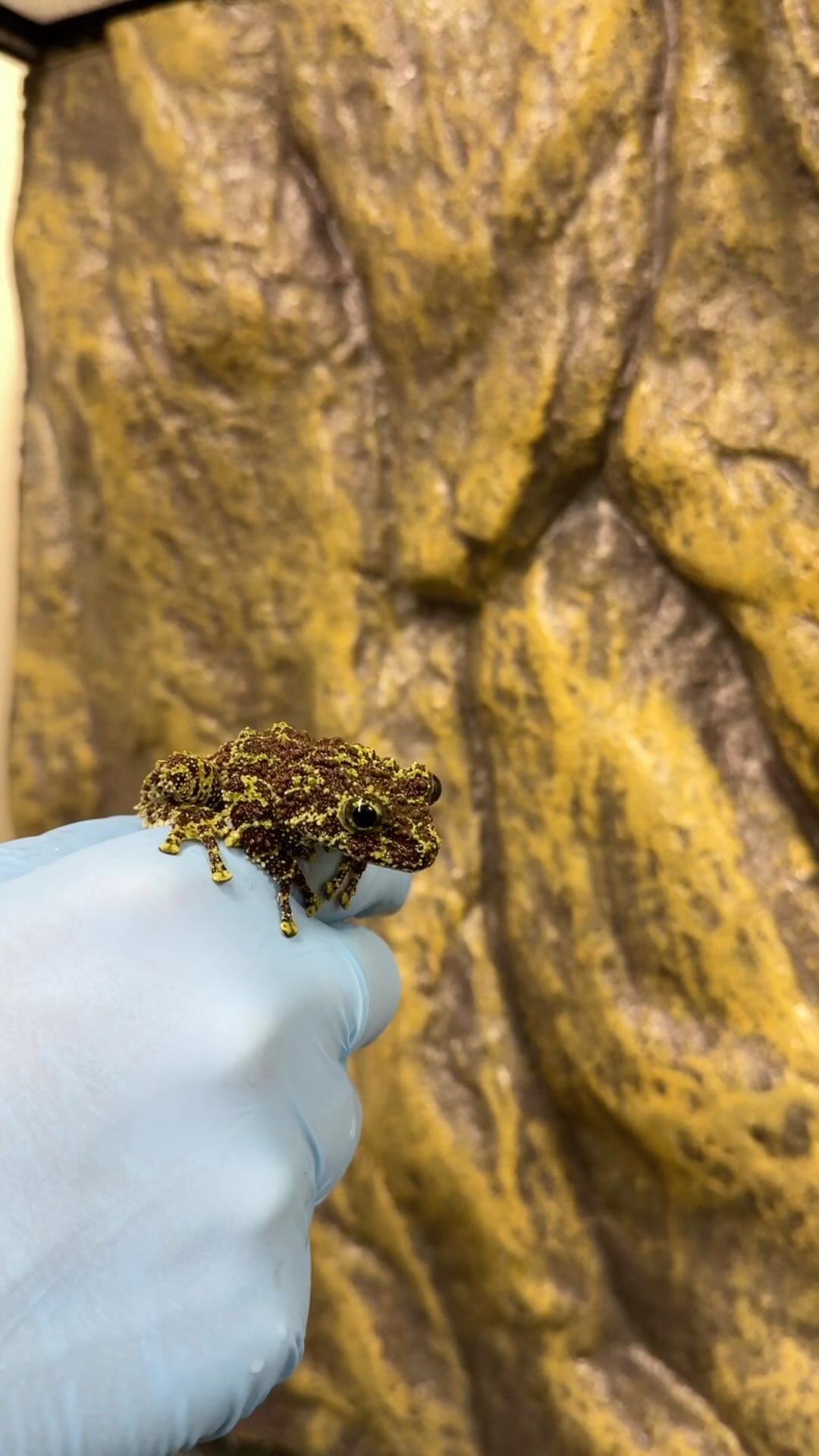– The life cycle of the Vietnamese Mossy frog, a fascinating amphibian with an unusual reproductive strategy.
– Insights into amphibians‘ unique habitats and behaviors surrounding Leap Day celebrations.
– The ecological significance of amphibians in our global ecosystems.
– Observing these creatures can teach us broader lessons about adaptation and conservation.
– The magical world of amphibious metamorphosis, inviting reflection and wonder on this Hoppy Leap Day!
Happy Leap Day! An Ode to the Vietnamese Mossy Frog and Amphibian Wonders
As the calendar turns its pages to that once-in-four-years occasion known as Leap Day, it’s a perfect opportunity to marvel at some of the Earth’s most accomplished leaders and their remarkable life cycles. For instance, tucked away in the misty highlands of Vietnam, these small, incredibly well-camouflaged creatures could easily be mistaken for a clump of moss. Known as the Vietnamese Mossy frog (Theloderma corticale), these amphibians are a testament to nature’s propensity for disguise and the incredible adaptability and life strategies that have evolved over millennia.
Firstly, let’s hop into the enchanting process of how the Vietnamese Mossy frog begins its life. These amphibians have a peculiar breeding approach; rather than laying their eggs in water, as many frogs do, they deposit their clutches on rocks and vegetation overhanging water bodies. This strategy reduces the risk of egg predation by aquatic animals. When the eggs hatch, the emergent tadpoles don’t start their lives on solid ground but plunge into the watery depths below. In this aquatic nursery, they will undulate and grow for 4 to 8 months, transforming from gilled tadpoles into lung-breathing frogs.
The metamorphosis of the Vietnamese Mossy frog is nothing short of magical. Imagine the tadpoles slowly trading their aquatic traits for terrestrial tools: lungs for breathing air, legs for leaping across the forest floor, and guts adapted for a carnivorous diet. The transformation is gradual yet profound, echoing the transitions and changes all creatures undergo in life’s journey. Once fully developed, these frogs will grace the forest with their presence, contributing to the intricate web of life.
Reflecting on their transformation reminds us that nature constantly innovates and adapts. Amphibians are often regarded as environmental indicators due to their permeable skin and complex life cycles involving aquatic and terrestrial environments. If the Vietnamese Mossy frog and its kin thrive, it often implies a healthy, balanced ecosystem. Conversely, their decline can signal that the environment is stressed or changing, necessitating a closer look at habitat quality and conservation efforts.
The amphibian world, which includes frogs, toads, salamanders, and newts, is rich with A-list adaptors. Consider North America’s wood frog (Rana sylvatica), which can freeze solid during winter and then thaw out perfectly fine to resume its froggy functions in the spring. Or the Axolotl (Ambystoma mexicanum) from Mexico, a salamander that forgoes metamorphosis altogether, retaining its juvenile aquatic form complete with gills into adulthood. Each species has something unique, a piece of the grand puzzle of life that can teach us valuable lessons about survival, resilience, and the wonders of the living world.
Despite their often small size, Amphibians play gigantic roles in their ecosystems. They are both predators and prey, contributing to controlling insect populations while providing necessary nutrition to many other wildlife. Their dual habitats in water and on land link aquatic and terrestrial food webs, vital for nutrient cycling and the well-being of multiple ecosystems. The loss of amphibian species impacts the immediate environment and sends ripples through the interconnected web of life, affecting species far beyond their homes.
Thus, on this Hoppy Leap Day, it’s worthwhile to pause and consider how these small creatures reflect the vast web of life on Earth and the importance of protecting the diversity of life in all its forms. It’s also an opportunity to educate and inspire future generations to value the delicate balance of ecosystems that amphibians inhabit – from a Vietnamese forest to your local pond.
Inspiration can be drawn from the Vietnamese Mossy frog’s ability to blend into its environment, a living reminder that sometimes the most incredible things require a closer look. This unobservable beauty teaches us the importance of attention to detail and the wonder that comes with taking time to understand the world around us. Their life cycle serves as a metaphor for growth and change – a particularly resonant message as we celebrate a day dedicated to leaps and bounds.
Looking at these enigmatic creatures on this particular day, one can’t help but feel a sense of joy and intrigue. It spurs the question: what leaps can we take to protect and enhance the natural world that has given us so much? Could there be a better way to honor the essence of Leap Day than by committing to leaps of our own—leaps of faith in science, conservation, and stewardship?
In closing, as the sun sets on this Leap Day, let the reflection of amphibians’ lives be a beacon of hope and a call to action. Whether it is through supporting habitat conservation, reducing pollution, or simply educating others, every small leap can contribute to preserving the ecological balance upon which these fantastic frogs and their kin depend.
As the Vietnamese Mossy frogs settle on their mossy perches, ready for their nocturnal chorus to fill the night, let’s also find our voices to speak up for them and all the creatures that share our incredible planet. After all, every day is a chance for all of us to leap forward into a future where the harmony of nature’s chorus resounds loudly and clearly for generations to come.
*****
Source Description
Happy Leap Day! 🐸 Did you know Vietnamese Mossy frogs lay their eggs on rocks and trees? When they hatch, the tadpoles fall into the water for 4 to 8 months until they become frogs.


